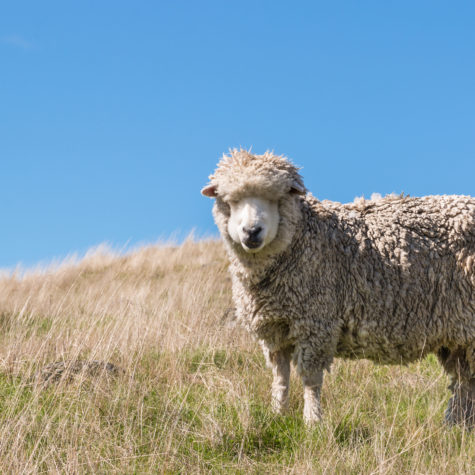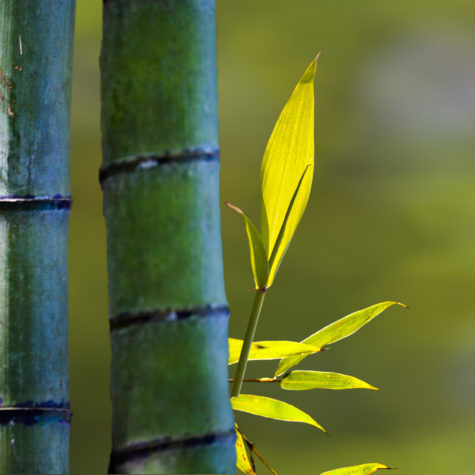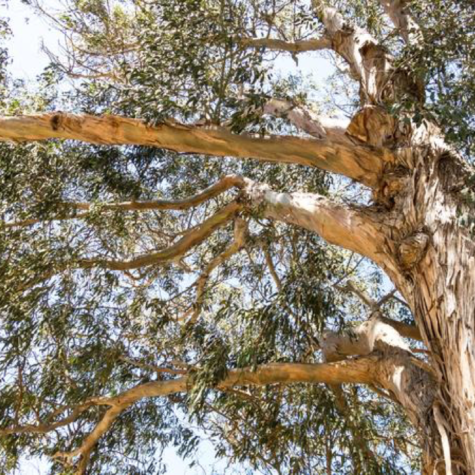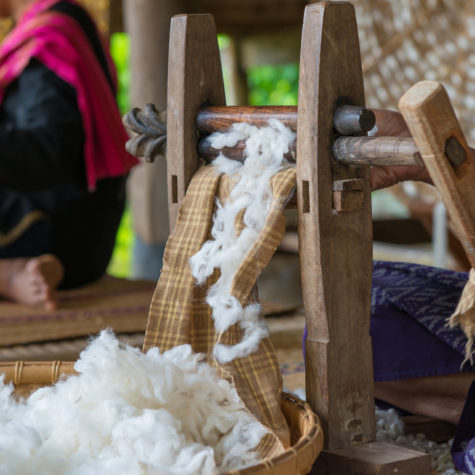New Zealand wool
The New Zealand wool is more expensive than other wools and is only used in high end rugs. Its unique shearing process is all about the well being of the sheep. They put extra care and attention into the process and secure the safety of the sheep at all times.
- A warm and soft material that absorbs noise
- Very resilient and the wool textiles act as a natural air filter
- Easy to clean and maintain
- New Zealand wool is an antistatic material
- Wool is fire resistant until it gets to 700 degrees Celsius




